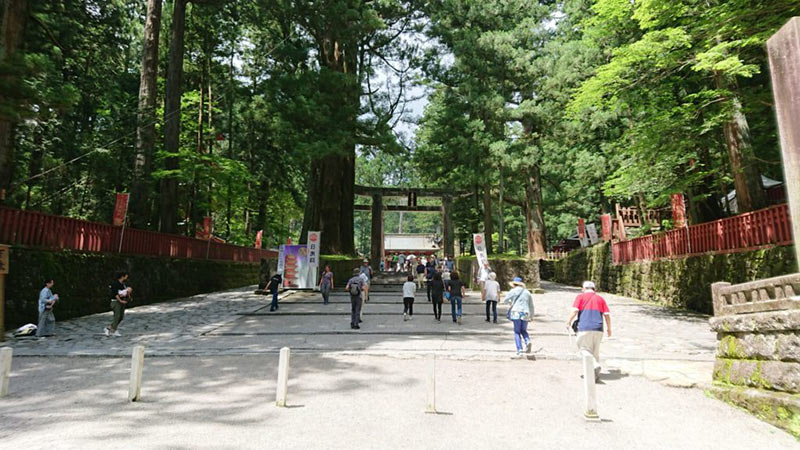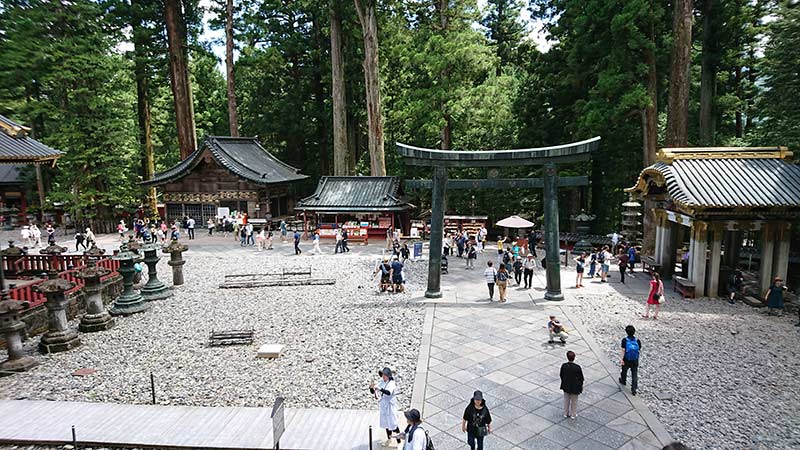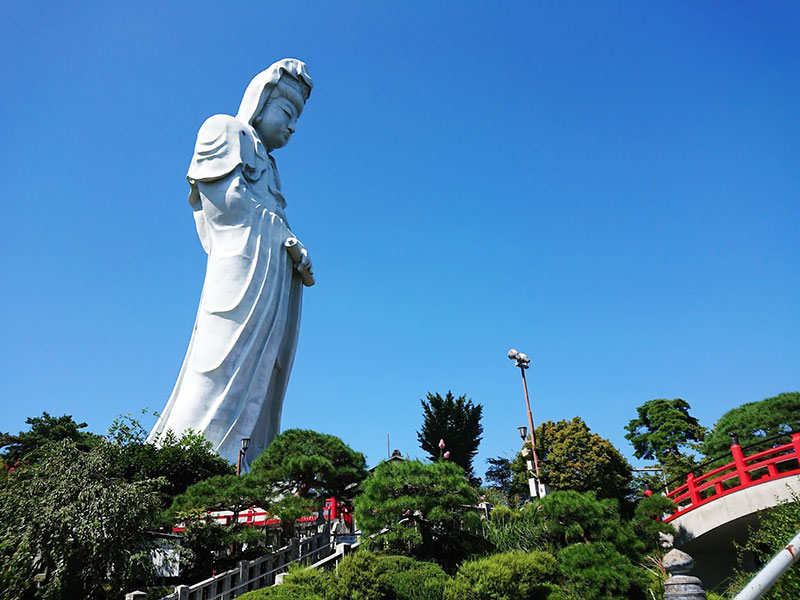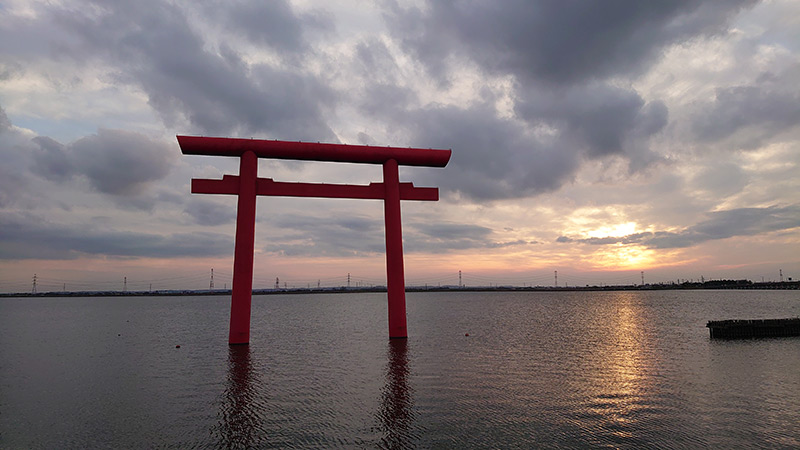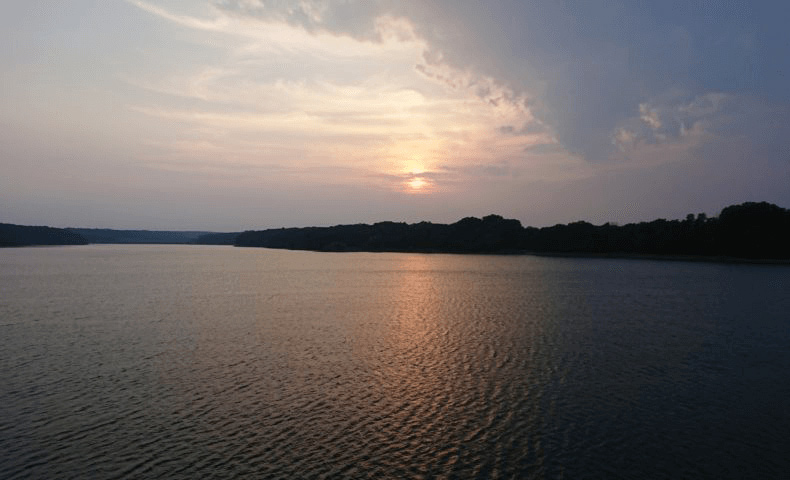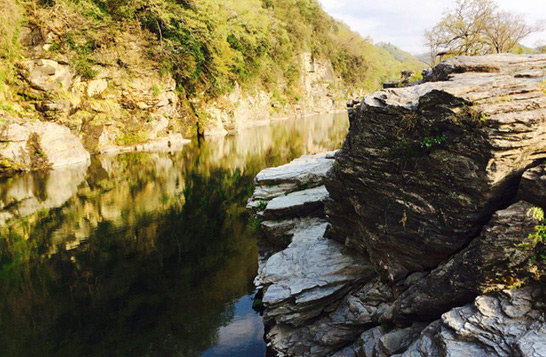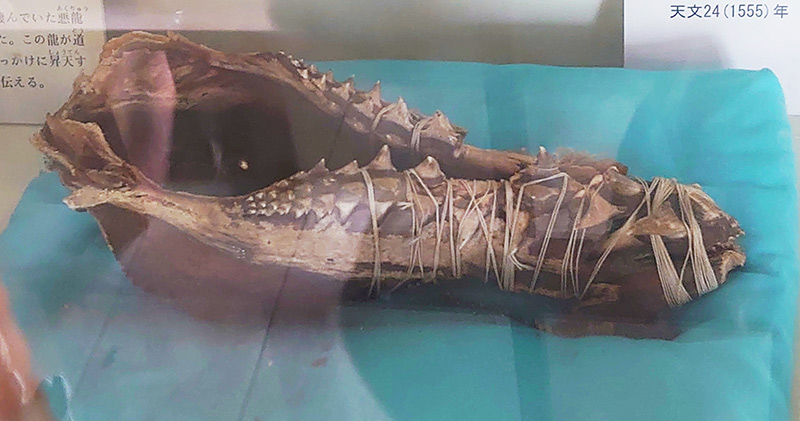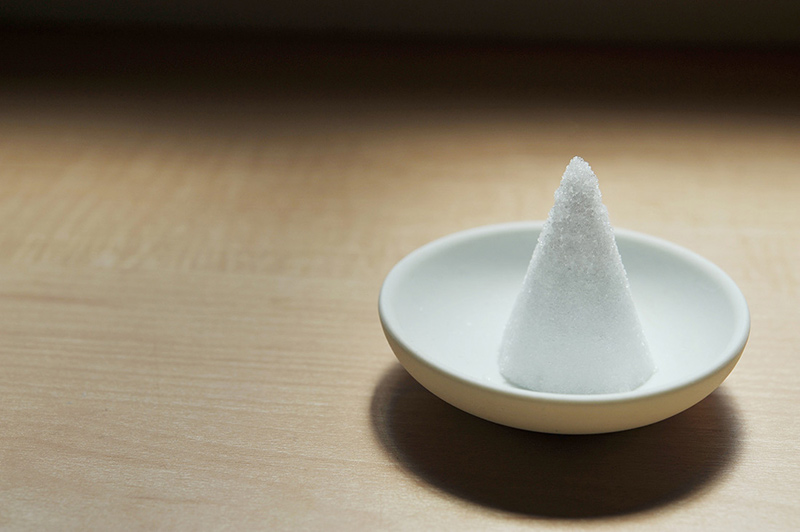Nikko Toshogu | 4 mysterious and interesting points
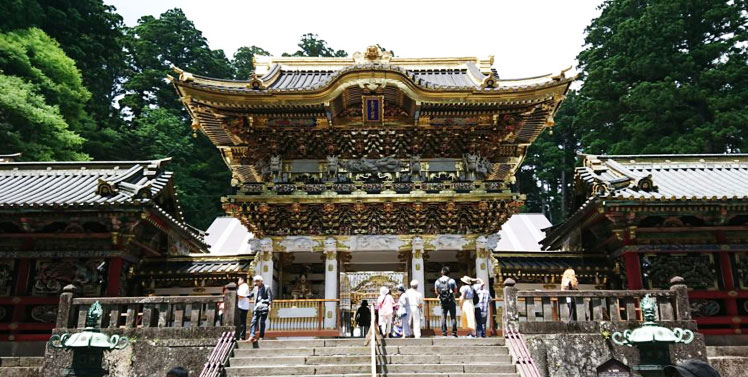
Nikko Toshogu is one of the traditional and popular spots even for Japanese people.
One of the reasons is that Toshogu was built in a traditional architectural style used for shrine construction, so, its appearance and sculptures here are extremely beautiful and enchant us.
However, a lot of people do not know that Toshogu actually has mysterious and secret messages behind the historic sculptures there.
Thereby, I’d like to introduce some mysterious elements in Toshogu this time.
Table of Content
Background of Nikko Toshogu in Japan
First, I describe the historical background of Toshogu in this section.
Toshogu was originally built to enshrine Tokugawa Ieyasu who is a samurai and carried out to govern Japan in the Sengoku period in the 15th century. And then, his descendants also kept on governing past Japan until the end of the Edo period in 1868.
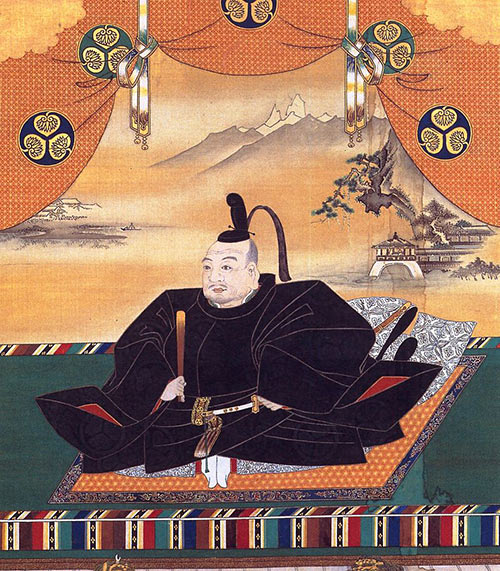
After Tokugawa Ieyasu passed away, Toshogu was made up as a sacred shrine whose god is himself in 1617.
Moreover, it is believed that he will watch over around the Kanto region in which the site located forever after death.
4 mysterious spots in Nikko Toshogu
Going back to the feature of Toshogu, there are not only history and architecture but also an interesting object.
The most surprising point is that over 5,000 sculptures like “Three Wise Monkeys” are set here. So, I believe you must like it and feel a unique atmosphere through these mysterious objects.
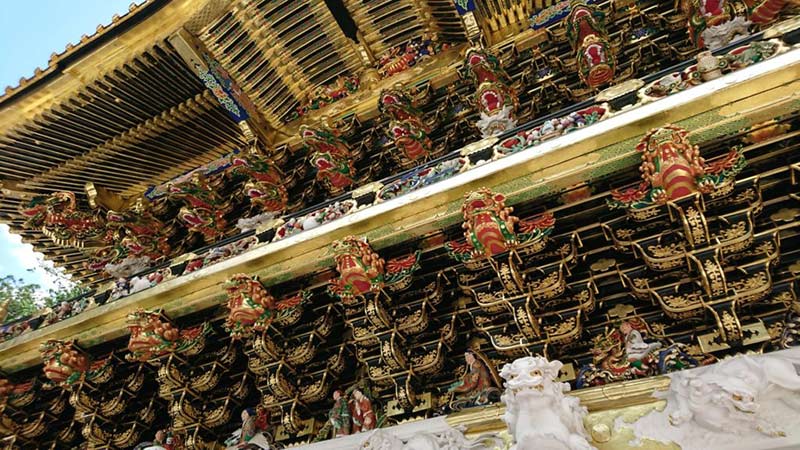
Three Wise Monkeys
Three wise monkeys that stand for a Japanese old saying “see no evil, hear no evil, speak no evil” are familiar to worldwide.

However, a similar notion and object are also in ancient Egypt and Angkor Wat in Cambodia. Therefore, it is thought that the notion could come across these countries through ancient China to Japan.
In Nikko Toshogu, you can see Three Wise Monkeys, and the other 13 monkeys curved on the wall. Those sculptures have expressed and reflected human life from childhood to be a mother.
So, I promise you will admire and see their life story about failure, growth, marriage.
Nemuri-Neko
This sculpture is also a unique and popular object in the site.
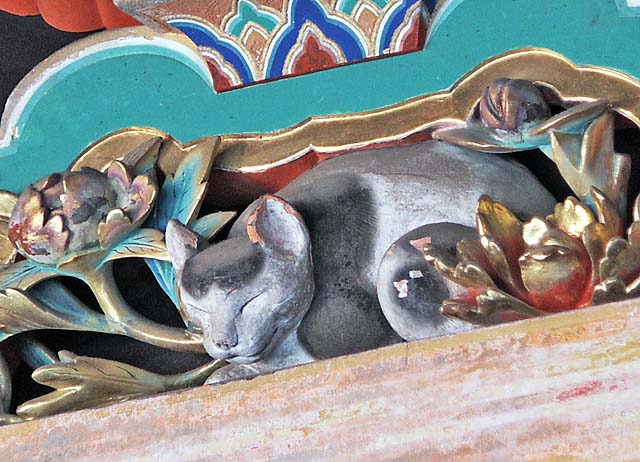
The work is called Nemuri-Neko which means sleeping cat, although the cat seems to open the eyes slightly.
As one of the legends, the sleeping cat has indicated peace after war in the Sengoku period. However, the legs seem to stand steady that might be able to move anytime.
Certainly, the object itself engages us, but this sculptor is also a great person in Japanese art history.
The sculptor is called Hidari Jingoro who is a legendary craftsman and made up various sculptures everywhere in Japan. In addition, it is said that he lived a life for 300 years according to one theory.
Hidari Jingro | The legendary craftsman who lived in 300 years in Japan
In this way, his story is very interesting but will be too long to introduce here. So, I will refer to his life story for another time.
Mayoke-no-Sakasabashira
This is also an interesting and architectural point called Mayoke-no-Sakasabashira means “Talisman of Reversed Column”.
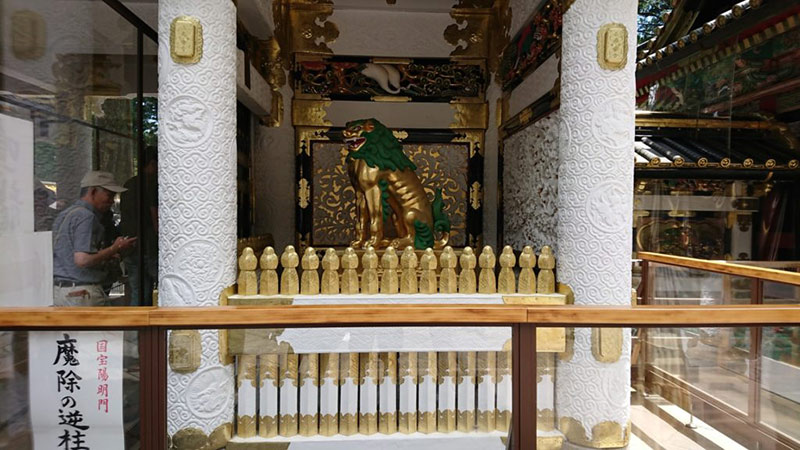
Some people would notice that just one column is standing upside down compared to other columns in Toshogu.
This is very curious and seems to miss the constitution, but it’s not incorrect in fact. The reason is relevant to old folklore in Japan.
Interestingly, Japanese people at that time believed if buildings are constructed perfectly, it will lead to destruction in the future.
As a result, the notion has been reflected in the column in order to express imperfect architecture to avoid destruction.
Tomb of Tokugawa and his buried treasures
The most amazing and mysterious point in Nikko Toshogu is the tomb of Tokugawa Ieyasu.
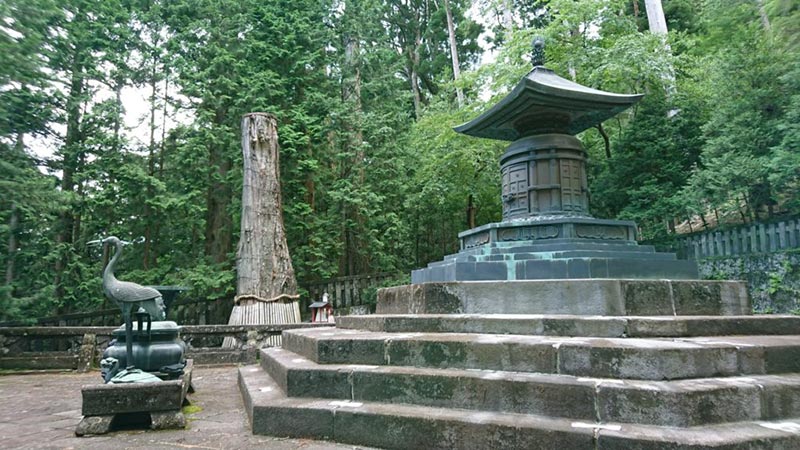
As I mentioned, he actually governed the whole of Japan at the past and became a god of the shrine after dead. However, it is also said that Tokugawa Ieyasu hid his huge assets as a buried treasure near the tomb.
The value of his assets that change for modern currency is estimated at around 20 trillion yen (US rate is around 9,354,100,000 dollar).
It makes sense that It’s huge money, and has historical value considerably. However, the buried treasure would never be unearthed due to the value of Toshogu itself.
Touhou has been registered as a national treasure, important cultural property, and world heritage, so it’s realistically difficult to unearth while avoiding the destruction of the architecture.
Conclusion of Nikko Toshogu
In this way, Nikko Toshogu captures the imagination for a tourist by mysterious facts.
In addition,Touhou is simply accessible from Tokyo (It takes approximately 3 hours by train).
So, I will advert to how to access here describing other fantastic spots in the Nikko area in the next article .
Senjogahara in Nikko | Phantom Lake and Mythical background
